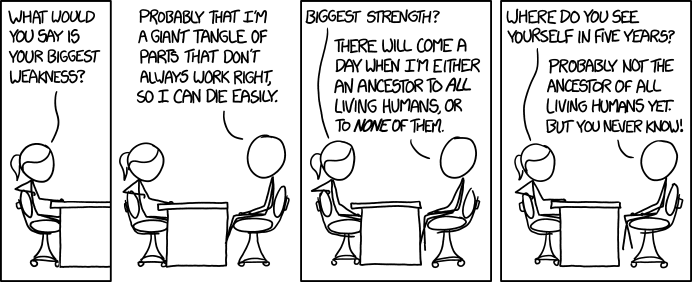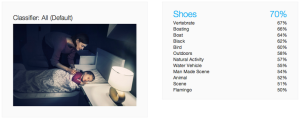So yesterday there was the news that over 1000 people had signed an open letter requesting a ban on autonomous weapons. I signed it too. While AI is advancing rapidly and the very existence of the letter indicates that research is almost certainly already progressing in this area, as a species we need to think about where to draw the line.
Completely autonomous offensive AI would make its own decisions about who to kill and where to go. Battlefields are no longer two armies facing up on some open fields. War is far more complex, quite often with civilians mixed in. Trusting an AI to make those kill decisions in complex scenarios is not something that would sit easily with most. Collateral damage reduced to an “acceptable” probability? Continue reading Military AI arms race



